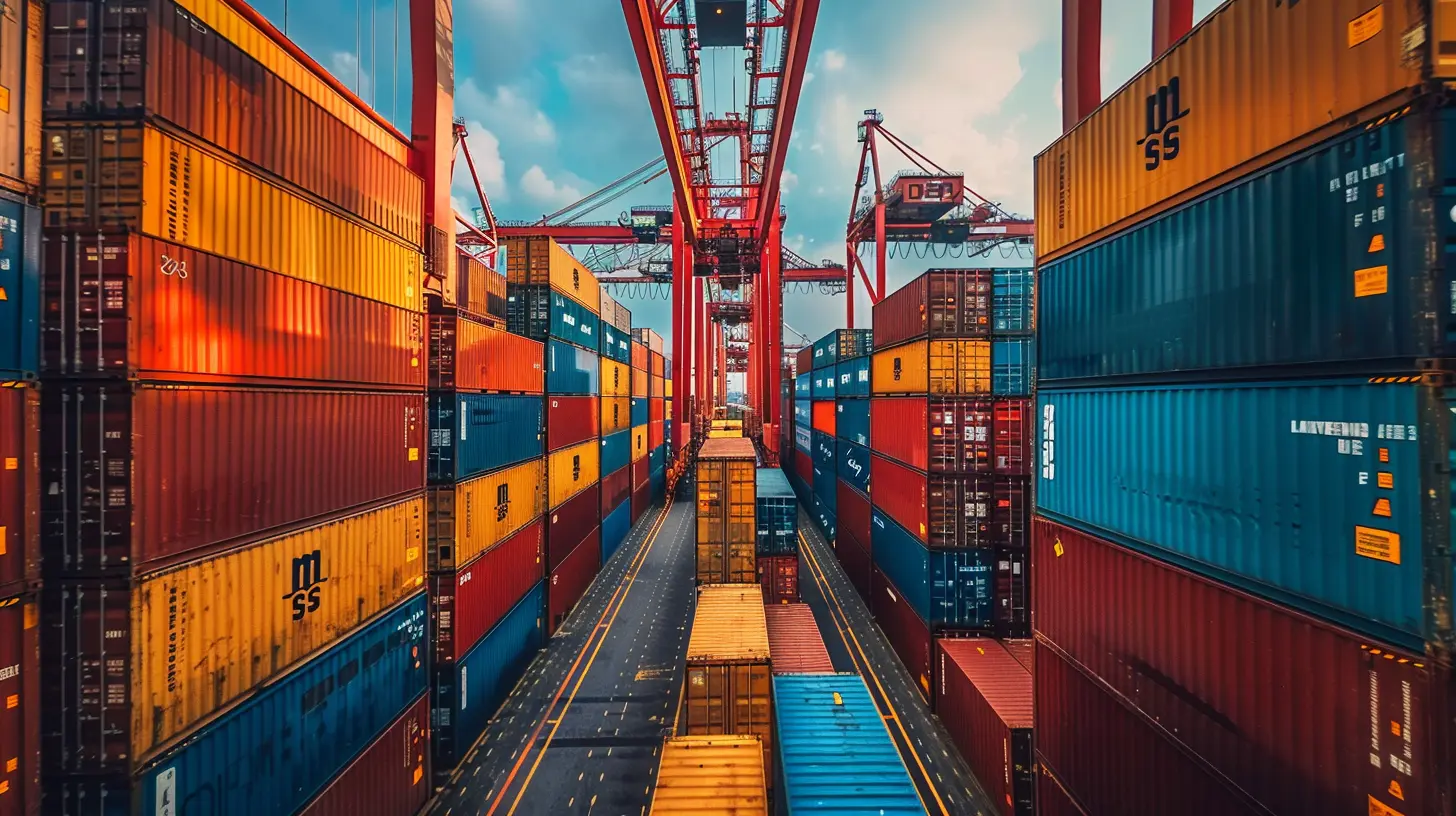Digital Transformation and Its Impact on Supply Chain Management
15 September 2025
Technology is reshaping every aspect of our lives, from the way we communicate to the way businesses operate. One sector experiencing a profound transformation is supply chain management. Gone are the days of manual tracking, endless paperwork, and inefficient logistics. Thanks to digital transformation, supply chains are becoming smarter, faster, and more efficient than ever before.
But what exactly does digital transformation mean for supply chain management? How is it changing the game for businesses and consumers alike? Let’s break it down.

What is Digital Transformation in Supply Chain Management?
In simple terms, digital transformation is the integration of digital technologies into all aspects of a business, fundamentally changing how it operates. When it comes to supply chain management, this means adopting technologies like Artificial Intelligence (AI), the Internet of Things (IoT), cloud computing, and big data analytics to optimize efficiency, reduce costs, and improve customer experiences.Picture this: A company once relied on spreadsheets, phone calls, and handwritten logs to track its shipments. Now, with digital transformation, every step of the supply chain is automated, data-driven, and seamless. That’s the power of technology at work.

The Key Technologies Driving Supply Chain Digital Transformation
So, what are the digital innovations making all of this possible? Let’s dive into some of the major technologies revolutionizing supply chain management.1. Artificial Intelligence (AI) and Machine Learning (ML)
AI and ML are game-changers for supply chains. These technologies help businesses predict demand, optimize inventory, and reduce operational risks. AI-powered chatbots can handle customer inquiries, while machine learning algorithms can analyze massive datasets to identify patterns and forecast future trends.For example, AI can predict when a product will go out of stock and automatically reorder it before it becomes an issue. No more frantic last-minute restocking!
2. The Internet of Things (IoT)
IoT refers to the network of interconnected devices that share real-time data. In the supply chain, IoT-enabled sensors and tracking devices monitor goods throughout their journey, ensuring transparency and reducing losses.Imagine being able to track your shipment in real-time, knowing exactly where it is, what temperature it’s being stored at, and whether it’s been tampered with. That’s the kind of control IoT brings to supply chain management.
3. Blockchain Technology
One of the biggest challenges in supply chain management is transparency. Blockchain provides a secure and tamper-proof record of every transaction, enhancing trust between businesses and customers.With blockchain, companies can verify the origins of raw materials, monitor ethical sourcing, and prevent fraud. This is particularly beneficial in industries like food and pharmaceuticals, where traceability is critical.
4. Cloud Computing
Gone are the days when businesses relied solely on local servers. Cloud computing allows supply chain data to be stored and accessed from anywhere in the world. This ensures better collaboration between suppliers, manufacturers, and retailers.Think of cloud computing as a giant online filing cabinet that everyone in the supply chain can access in real-time. This eliminates delays, data loss, and inefficiencies.
5. Big Data Analytics
Data is the backbone of digital transformation. Big data analytics allows businesses to process massive amounts of information to make smarter decisions.For example, companies can analyze purchasing patterns, weather forecasts, and global trends to optimize inventory levels. This minimizes waste, reduces costs, and ensures that customers always get what they need, when they need it.

The Impact of Digital Transformation on Supply Chains
Now that we know what digital transformation is and the key technologies behind it, let’s explore its impact on supply chains.1. Enhanced Efficiency and Productivity
By automating repetitive tasks and leveraging AI-driven insights, businesses can streamline operations and reduce human errors. Workers no longer have to spend hours manually entering data; instead, they can focus on more strategic tasks.2. Improved Visibility and Transparency
Thanks to IoT and blockchain technology, businesses now have complete visibility over their supply chains. They can monitor shipments in real-time, verify product authenticity, and ensure compliance with regulations.3. Cost Reduction
Optimized routes, predictive maintenance, and automated inventory management all contribute to significant cost savings. Supply chain managers can prevent unnecessary expenses and allocate resources more efficiently.4. Better Risk Management
From natural disasters to supply shortages, supply chains face numerous risks. AI and big data analytics help companies anticipate these risks and develop contingency plans. This ensures minimal disruption to operations.5. Enhanced Customer Experience
In today’s fast-paced world, customers expect quick deliveries, accurate tracking, and hassle-free returns. Digital transformation makes this possible, improving overall customer satisfaction and brand loyalty.
Challenges in Implementing Digital Transformation
Of course, transitioning to a digitally driven supply chain isn’t without its hurdles. Some of the most common challenges include:- High Initial Costs – Implementing advanced technologies requires substantial investment, which may be a barrier for small businesses.
- Data Security Concerns – With increased digitization comes the risk of cyberattacks and data breaches. Protecting sensitive information is crucial.
- Workforce Resistance – Employees may be hesitant to adopt new technologies, fearing job displacement or complexity. Proper training is essential.
- Integration Issues – Existing legacy systems may not be compatible with new digital solutions, leading to integration challenges.
Despite these obstacles, businesses that embrace digital transformation will gain a competitive edge in an increasingly digital world.
The Future of Supply Chain Management
Looking ahead, the supply chain industry will continue to evolve as technology advances. AI will become even more sophisticated, blockchain will gain wider adoption, and automation will take center stage.Imagine a future where drones and autonomous vehicles handle deliveries, AI predicts demand with pinpoint accuracy, and supply chains operate with zero inefficiencies. It may sound like something out of a sci-fi movie, but this future is closer than we think.
Final Thoughts
Digital transformation isn’t just a buzzword—it’s a necessity for businesses aiming to stay ahead in today’s competitive landscape. Supply chain management, once plagued by inefficiencies and blind spots, is now smarter, faster, and more resilient than ever.If businesses want to thrive in the modern economy, embracing digital transformation is no longer optional—it’s the key to success.
all images in this post were generated using AI tools
Category:
Digital TransformationAuthor:

Jerry Graham
Discussion
rate this article
1 comments
Orionyx Wade
Digital transformation is revolutionizing supply chain management by enhancing visibility, streamlining processes, and improving decision-making. Leveraging technologies like IoT, AI, and blockchain enables companies to achieve greater efficiency, responsiveness, and resilience in an increasingly complex global market.
September 18, 2025 at 4:32 AM


